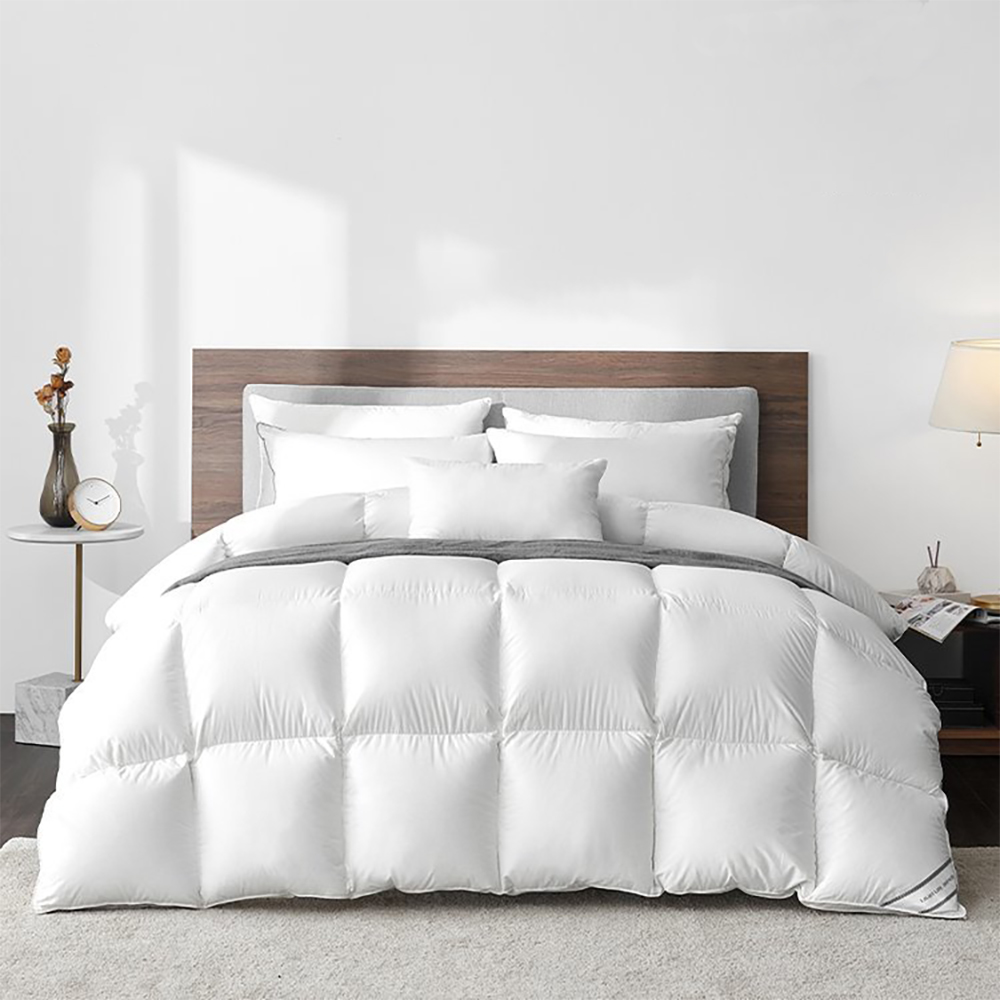Hotel fabrics play a vital role in enhancing guest comfort and presenting the hotel's image. In order to maintain the appearance and performance of the fabrics, regular cleaning and maintenance are essential. This article will explore the cleaning and maintenance requirements of hotel fabrics to ensure their long-term use and good condition.
1. Cleaning requirements
Follow the washing label instructions
Each fabric has specific cleaning requirements, which are usually stated on the fabric's washing label. Hotels should read these instructions carefully and wash according to the recommended temperature and washing method.
Choose appropriate detergents
Use detergents suitable for hotel fabric materials to avoid damage to the fabrics. Generally, mild, bleach-free detergents should be selected to protect the color and fiber structure.
Regular washing
In order to maintain the hygiene and appearance of hotel fabrics, they should be washed regularly. Bedding and bathroom fabrics are usually washed once a week, while fabrics such as curtains and tablecloths can be washed according to the frequency of use.
Pay attention to water temperature
Fabrics of different materials have different tolerances to water temperature. Generally speaking, cotton and polyester fabrics can be washed in warm water, while more delicate fabrics (such as silk) should be washed in cold water.
Avoid overwashing
While washing is necessary, overwashing can cause fabric wear. The frequency of washing should be reasonably arranged according to actual use to avoid unnecessary washing.
2. Drying requirements
Choose the appropriate drying method
Choose the appropriate drying method according to the type of fabric. Cotton and polyester fabrics can usually use a dryer, but a low temperature setting should be selected. Some special fabrics (such as wool or silk) should be laid flat to dry to avoid deformation and shrinkage.
Avoid direct sunlight
When drying naturally, avoid direct sunlight, as strong ultraviolet rays may cause color fading and fabric deterioration. It is best to choose a cool and ventilated place to dry.
3. Maintenance requirements
Regular inspection and repair
Check the status of the hotel fabric regularly. If damage, stains or other problems are found, they should be repaired in time. For small damages, stitching or fabric glue can be used to repair to avoid the problem from expanding.
Prevent stains
For areas prone to stains, such as dining rooms and bathrooms, consider using fabrics with stain-resistant treatments, or take precautions when using them, such as using tablecloths or napkins.
Storage considerations
When not in use, hotel fabrics should be stored in a dry, cool place away from moisture and insects. Fabrics should also be stored flat to avoid wrinkles caused by folding.
Regular ironing
For fabrics that need to maintain a neat appearance, such as tablecloths and curtains, regular ironing can remove wrinkles and make them look neater. Choose the appropriate temperature for the fabric material when ironing.













